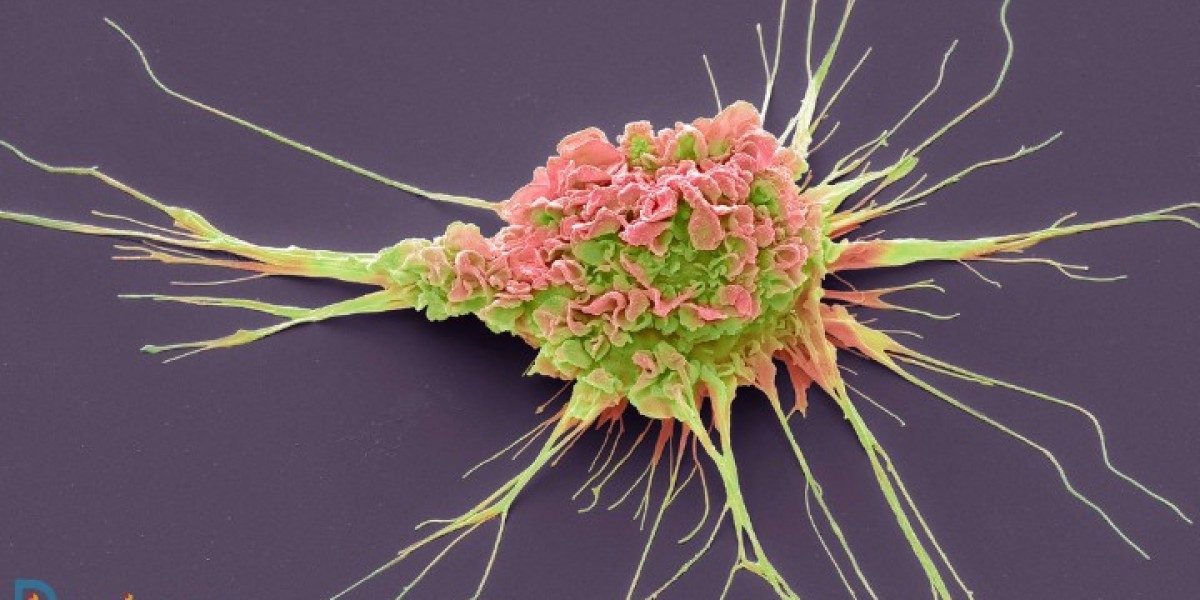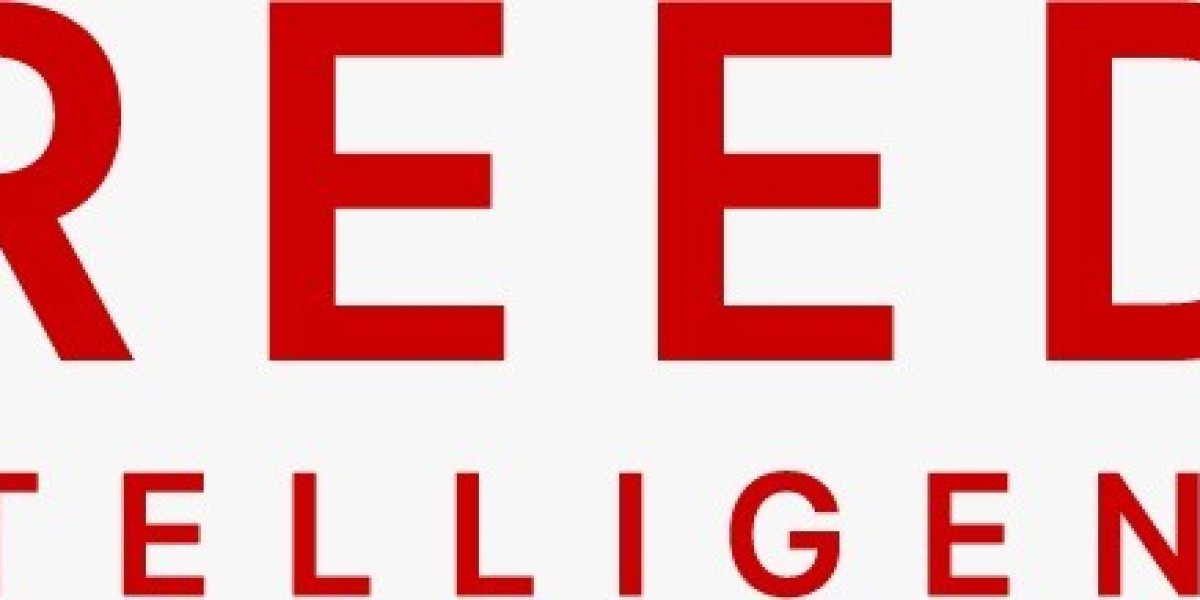Current Treatment Landscape
The current therapeutic landscape for HR-positive/HER2-negative breast cancer predominantly relies on endocrine therapies and targeted agents, including:
- Endocrine Therapies:
- Tamoxifen (SERM) and aromatase inhibitors (letrozole, anastrozole) are standard first-line treatments, particularly for postmenopausal women.
- Despite their efficacy, many patients develop resistance over time.
- CDK4/6 Inhibitors:
- Agents like palbociclib, ribociclib, and abemaciclib have revolutionized treatment by blocking cell cycle progression in combination with endocrine therapies.
- These drugs have shown improved progression-free survival rates.
While these therapies have been effective, the emergence of resistance to endocrine therapy has necessitated the exploration of new treatment avenues.
Emerging Therapeutic Approaches
1. Selective Estrogen Receptor Degraders (SERDs)
- Example: Elacestrant (brand name: Orserdu).
- Mechanism: Unlike traditional SERMs, SERDs not only block estrogen receptors but also promote their degradation, reducing their availability in cancer cells.
- Market Impact: Elacestrant's promising results in clinical trials for patients with hormone receptor-positive breast cancer resistant to standard therapies highlight its potential as a new cornerstone in treatment.
2. PI3K Inhibitors
- Example: Alpelisib (brand name: Piqray).
- Mechanism: Targeting the PI3K pathway, which is frequently altered in HR-positive breast cancers, alpelisib has been shown to improve outcomes when used with endocrine therapies, particularly in patients with PIK3CA mutations.
- Market Impact: The increasing use of genetic testing to identify suitable patients for PI3K inhibitors could significantly expand their market share.
3. Combination Therapies
- Overview: Ongoing research is focused on combining existing treatments with novel agents to enhance efficacy and overcome resistance.
- Examples: Combining CDK4/6 inhibitors with new agents such as SERDs or PI3K inhibitors may lead to synergistic effects and better outcomes.
- Market Impact: This trend towards combination therapies is likely to reshape treatment protocols and create new market opportunities.
4. Antibody-Drug Conjugates (ADCs)
- Mechanism: ADCs deliver cytotoxic agents directly to cancer cells by targeting specific proteins. Although traditionally more associated with HER2-positive cancers, research is ongoing into their use in HR-positive tumors.
- Market Impact: The development of ADCs specifically targeting HR-positive breast cancer could open new avenues for treatment and capture a segment of the market that is currently underserved.
5. Immunotherapy Approaches
- Current Research: While immunotherapy has had limited success in HR-positive/HER2-negative breast cancer, there is ongoing exploration of combinations with checkpoint inhibitors and other immune-modulating agents.
- Market Impact: Successful integration of immunotherapy into treatment regimens could significantly expand the therapeutic landscape for this subtype.
6. Novel Small Molecule Inhibitors
- Overview: Research is exploring various small molecules that target different pathways involved in cancer growth and survival.
- Examples: New drugs targeting the mTOR pathway, along with others that interfere with DNA repair mechanisms, are being investigated.
- Market Impact: As more small molecule inhibitors are developed, they will likely play a critical role in the treatment of HR-positive/HER2-negative breast cancer.
Market Dynamics
1. Increasing Incidence and Awareness
- The global increase in breast cancer diagnoses, combined with rising awareness of the importance of early detection and treatment, is driving market growth.
2. Regulatory Support for Innovation
- Regulatory bodies are increasingly supportive of innovative therapies, allowing for expedited approvals and facilitating faster access to new treatments for patients.
3. Focus on Personalized Medicine
- The shift towards personalized medicine, including biomarker testing, is expected to enhance treatment efficacy and broaden the patient population for new therapies.
4. Investment in R&D
- Pharmaceutical companies are investing significantly in research and development, fostering innovation and increasing the number of emerging therapies in the pipeline.
Challenges and Limitations
1. Treatment Resistance
- The issue of resistance to current therapies continues to pose significant challenges, necessitating ongoing research and new treatment strategies.
2. High Costs of Novel Therapies
- The development of new therapies often comes with high costs, which may limit patient access, particularly in low-resource settings.
3. Regulatory Hurdles
- Although regulatory support is improving, the process of bringing new therapies to market can still be lengthy and complex.
Future Projections
The market for HR-positive/HER2-negative breast cancer is poised for significant growth in the coming years:
- Projected Market Size: With the approval of new therapies and increased uptake of existing ones, the market is expected to expand substantially by 2034.
- Continued Innovation: Ongoing research into novel agents and combination therapies will likely lead to improved treatment outcomes and broaden the therapeutic landscape.
- Focus on Combination Strategies: The increasing trend toward combination therapies will play a critical role in reshaping treatment protocols and enhancing patient outcomes.
Conclusion
The landscape for HR-positive/HER2-negative breast cancer treatment is rapidly evolving, with numerous emerging therapeutic approaches on the horizon. Innovations such as SERDs, PI3K inhibitors, and antibody-drug conjugates promise to enhance treatment efficacy and patient outcomes. As the market continues to grow, a focus on personalized medicine and combination strategies will play an essential role in addressing the challenges of treatment resistance and improving the overall management of this prevalent breast cancer subtype.
Latest Reports
Head And Neck Squamous Cell Carcinoma Market | Radioligand Therapies Market | Surgical Site Infections Market | Wound Closure Devices Market | Biliary Atresia Market | Binge Eating Disorder Market | Bladder Cancer Market | Capnography Device Market | Cardiac Biomarkers Testing Devices Market | Central Venous Catheters Market | Epilepsy Market | Gaucher Disease Market | Generalized Pustular Psoriasis Market | Healthcare Due Diligence Services | Hemodynamic Monitoring Systems Market | Implantable Infusion Pumps Market | Neuromodulation Devices Market | Neurostimulation Devices Market | Neurotrophic Keratitis Market | Post Traumatic Stress Disorder Market | Post-bariatric Hypoglycemia Market | Absssi Market | Acute Gout Flare Market | Adrenoleukodystrophy Market | Adult Myopia Market | Alopecia Areata Market | Alpha-mannosidosis Market | Androgenetic Alopecia Market | Anemia In Ckd Market | Anterior Cruciate Ligament Injuries Market | Artificial Lung Devices Market | Automated External Defibrillators Market | Biochips Market | Cardiac Amyloidosis Market | Carpal Tunnel Syndrome Market | Centronuclear Myopathy Market | Chronic Rhinosinustis Market








